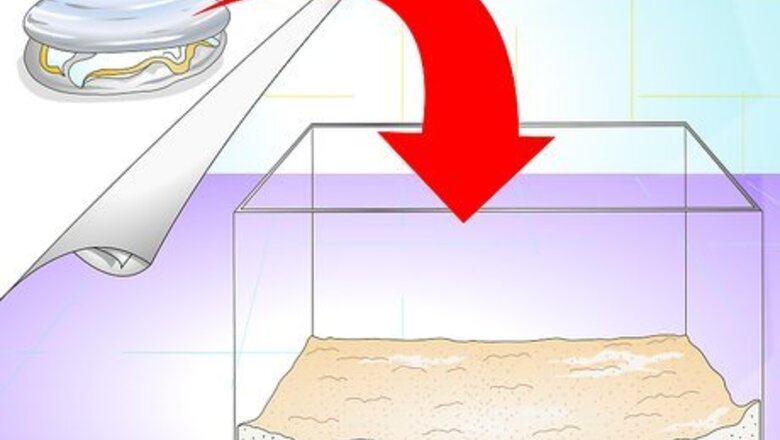
views
Caring for Freshwater Clams
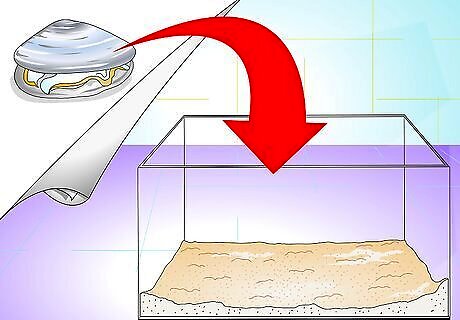
Place clams in well-established tanks for the best results. Clams are animals, not plants, though they are often marketed as "filters." This is only partially true. Unlike plants, which filter chemicals out of the water and use light to make food, clams are "filter feeders," meaning that they eat small organisms, phytoplankton and algae that they pull out of the water. A brand new tank, however, will not have any other life developed, meaning your clams could starve without proper care.
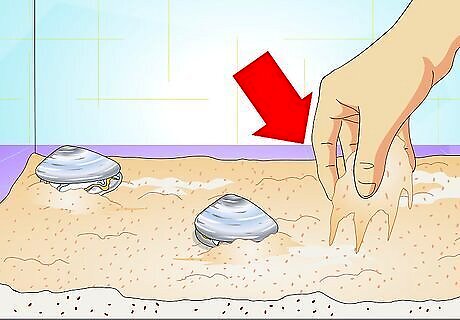
Provide a sandy bottom for your clams. Clams like to hide and feel safe, sitting in the bottom of the tank and filtering out all the food waste and leftovers that drift down to the bottom. You want roughly 4 inches (10.2 cm) of sand for them to nest in. Make sure you rinse your substrate (sand) off before adding it to the tank, especially if you've taken it from a natural environment. You want a nice, fine substrate, something with a grain size between 1 to 3mm.
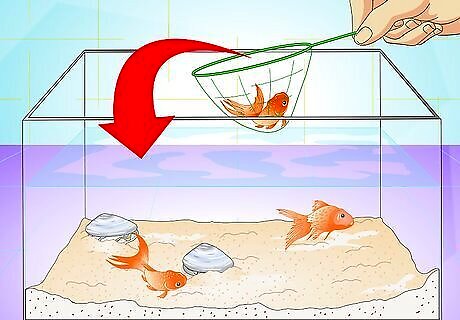
Add other fish to create a vibrant aquarium system around your clams. Snails and coldwater fish all create food waste and scrapes that are perfect to feed your clams. With a strong ecosystem around them, most clams will need little other maintenance beyond the occasional checkup, as they eat the leftovers of the other fish. They can also keep your tank clean by filtering our some algae and microorganisms. Freshwater puffers, some catfish species, and loaches will all eat clams if they get hungry enough, so it is best to keep them in separate tanks.

Augment your clams natural food with feedings 1-2 a week. Your clams can eat a lot of the food leftover by the rest of the tank, but, especially in newer tanks with fewer organisms, they will need some extra food to truly thrive. This is especially essential if you have a lot of clams, or many larger, adult clams. You can use clam food, found at your local pet store and often sold as "sinking algae wafers," or you can make your own mixture, pureed in a blender and given to your clams individually: 1/3 pound red meat (hamburger, beef liver, beef heart) OR Fish with Roe Beef Blood (drippings from beef package) 1 tsp Cod Liver Oil ¼ tsp Yeast 2-3 tablespoons water from the aquarium the clams live in.
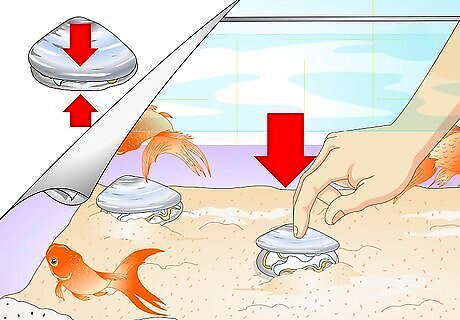
Note the speed a clam closes up to measure health. A good, healthy clam will spring closed quickly if you touch it or it feels like it is being threatened. This is a naturally clammy defense mechanism. Every 2-3 weeks, pull your clams out and make sure that they close up quickly. Since they bury themselves in the sand, finding dead clams can be tough, but you can make it easier on yourself: Poke 10-20 holes in a clean, single serving applesauce container. Place 2-3 clams (depending on size) into the container. Cover them in sand so that the tops are still visible at the top. Place the container at the bottom of your tank, removing it with your clams whenever you need to check on them.
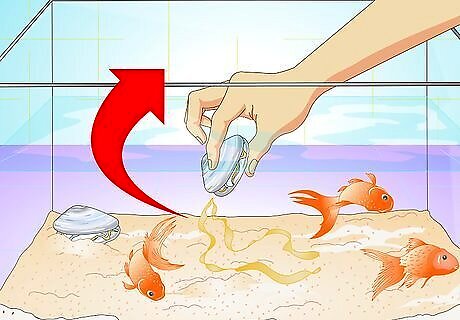
Remove dead clams from your tank quickly. Dead clams release a large spike of ammonia, which can damage or even kill other animals in the tank. This is why checking your clams regularly is so important. Make sure that they still close up rapidly. If they won't close at all, they've likely died and should be discarded. Dead clams also have a rank, fishy odor. If you are unsure if a clam is dead, try making a small, separate "maintenance tank." Feed them and provide a nice, sandy bottom and see if they begin to react after 4-5 days.
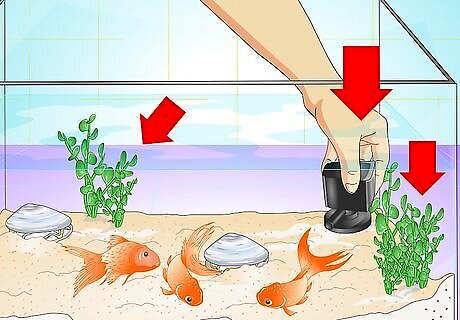
Do not rely on clams to filter your water. Clams are not water filtration systems, and they will not keep your tank clean and happy all on their own. You still need a water filtration system, plants, and carefully monitored water levels to ensure that your tank is healthy and happy.
Caring for Saltwater Clams
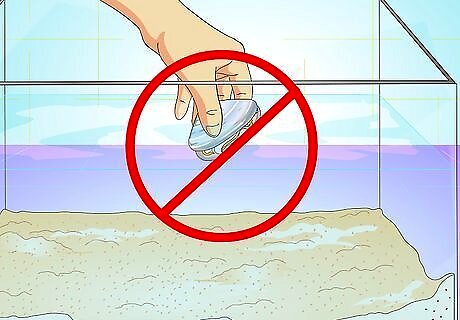
Do not place saltwater clams in new or immature aquariums. You cannot simply add saltwater to a tank and expect a clam to survive, as it needs a variety of microorganisms to be well established before it can feed. Clams are best in well-established aquariums that have had several weeks or months to cycle. Saltwater clams go by the names T. (Tridacna) maxima, T. crocea, T. squamosa and T. derasa. Tridacna derasa clams are the best beginner options, as they are hearty and can handle a variety of changing conditions. Once you've successfully put several fish in the tank and let them spend several weeks living healthily, you're likely ready for clams.
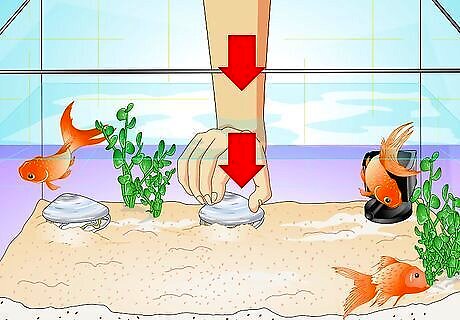
Place clams on the bottom of the tank, where they can establish themselves. While it may look good, never place a clam up on a rock or structure. If it becomes detached and falls it can cause major damage and potentially kill the clam. Solid rocky bottoms are fine, as saltwater clams have a foot that they use to attach to the bottom of the tank. When you put the clam in the tank, turn it upside-down briefly to remove any air bubbles from inside the clam. Make sure that the clams aren't wedged into anything the prevents them from opening up.

Ensure that your clams have adequate, bright lights. Saltwater clams are photosynthetic, and feed off the products off other photosynthetic creatures, like plants, in your tank. They have symbiotic algae in their mantles (top section) that create energy that the clams then harvest. As such, they love having bright, constant lights to feed under. Metal Halides are your best option, though high level LEDs or Fluorescents may suffice. Make sure the clams face upwards, and are not blocked from their light source. Maxima clams, in particular, need 250 - 400 watt Metal Halide lighting or equivalent intensity to survive.
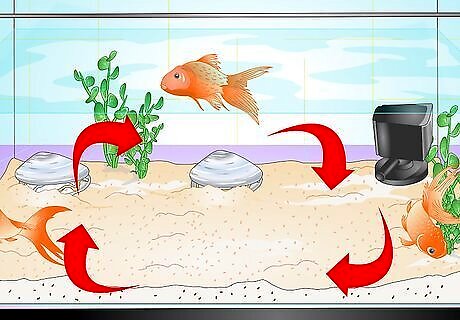
Keep the water movement low and calm. Clams do not like rapid or fast-moving water, as it disrupts their ability to filter food out of the water effectively. Indirect, slow moving currents are the best way to keep your clams healthy and happy. Keep your clams out of direct currents and away from pumps or fans.

Keep phosphate and nitrate levels low. Clams survive well in near-natural seawater conditions, which is where you likely keep a saltwater tank already. If you're not already, however, keep the phosphate and nitrate levels at an absolute minimum, potential near zero.
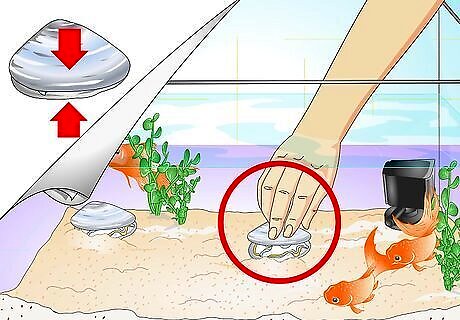
Check how quickly a clam closes up to monitor its health. A clam, when touched or exposed to a shadow, should close up quickly. If it does not, it likely needs more food and/or light, or your tank could be having chemical issues. If a clam does not close up at all, it may be dead, and should be quickly removed. Dead clams release a burst of ammonia, which can endanger the rest of the life in your tank.











Comments
0 comment